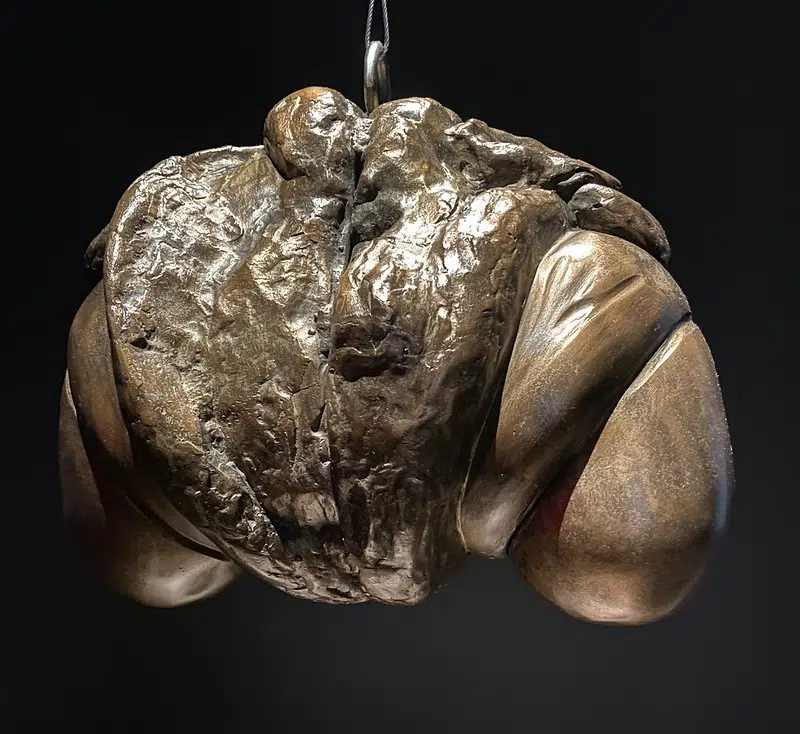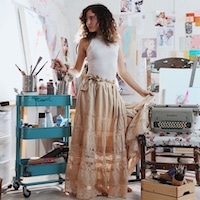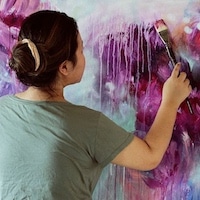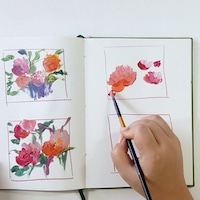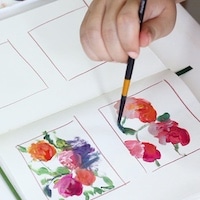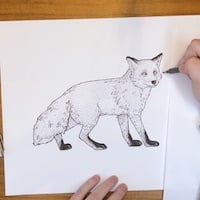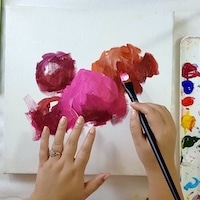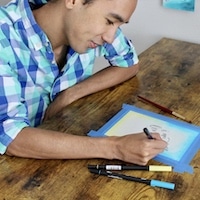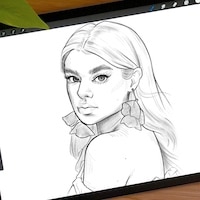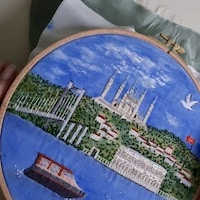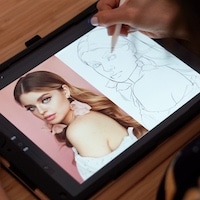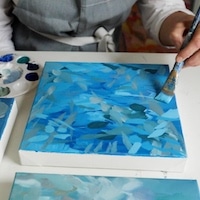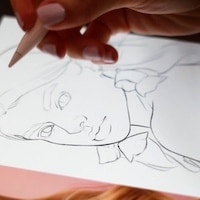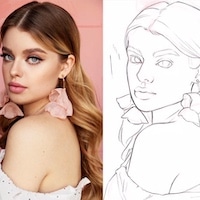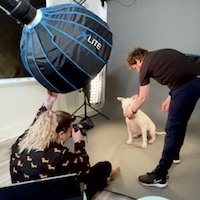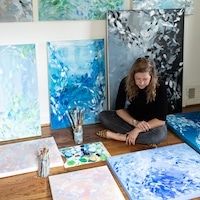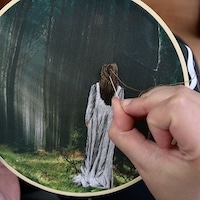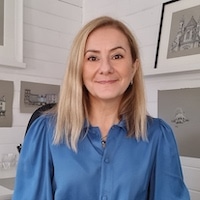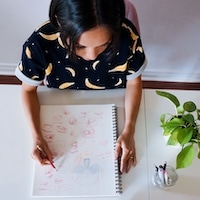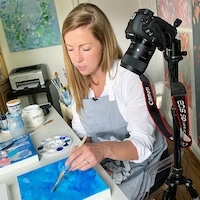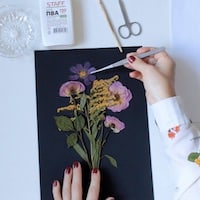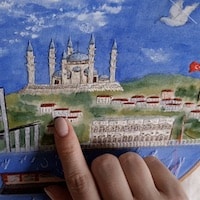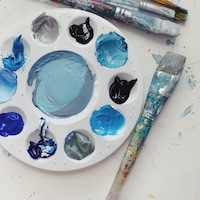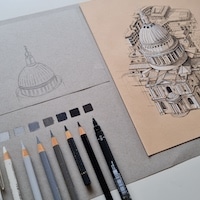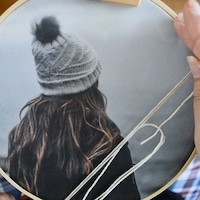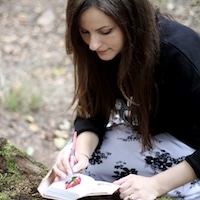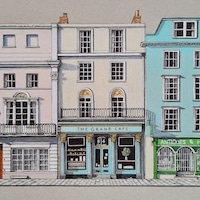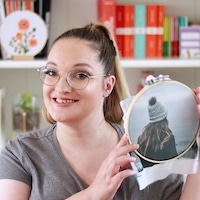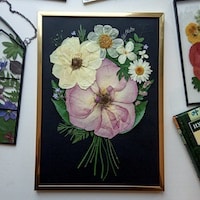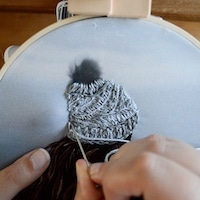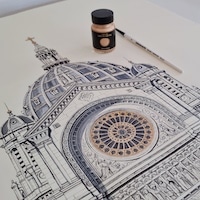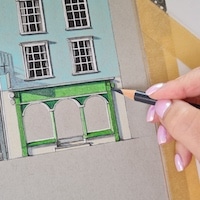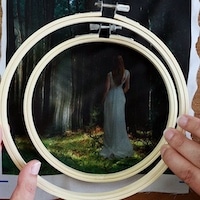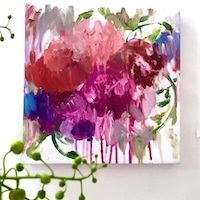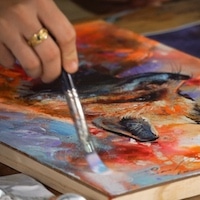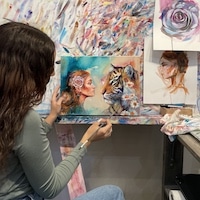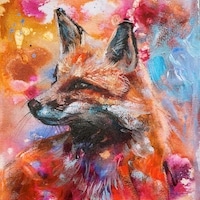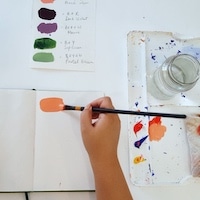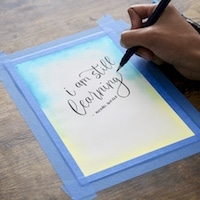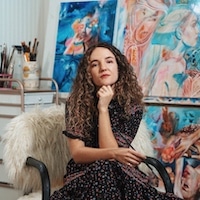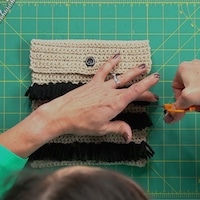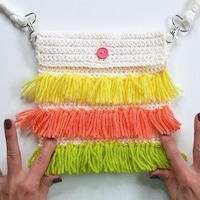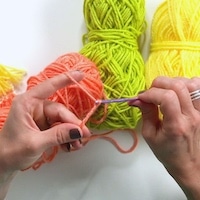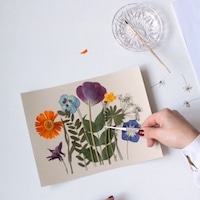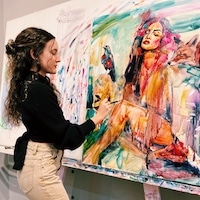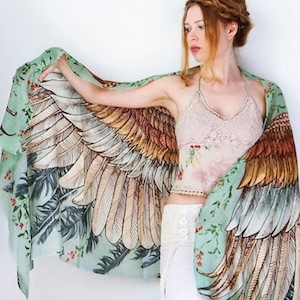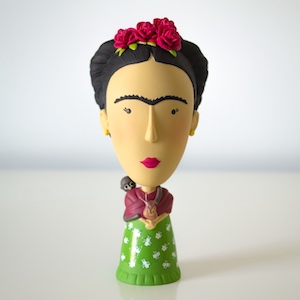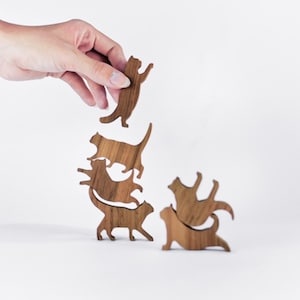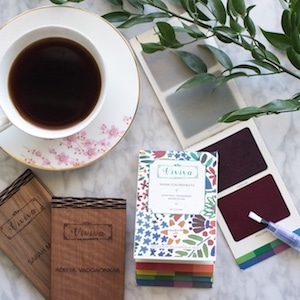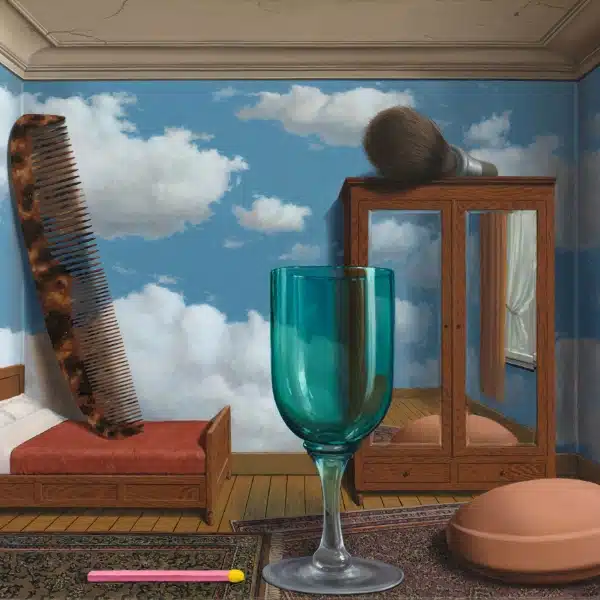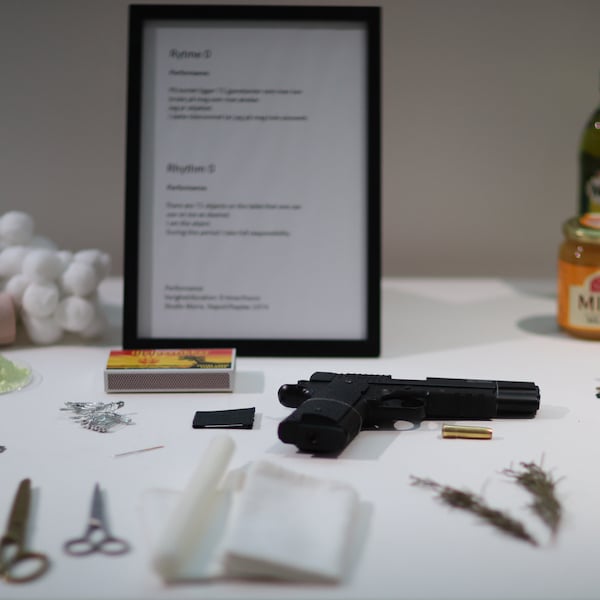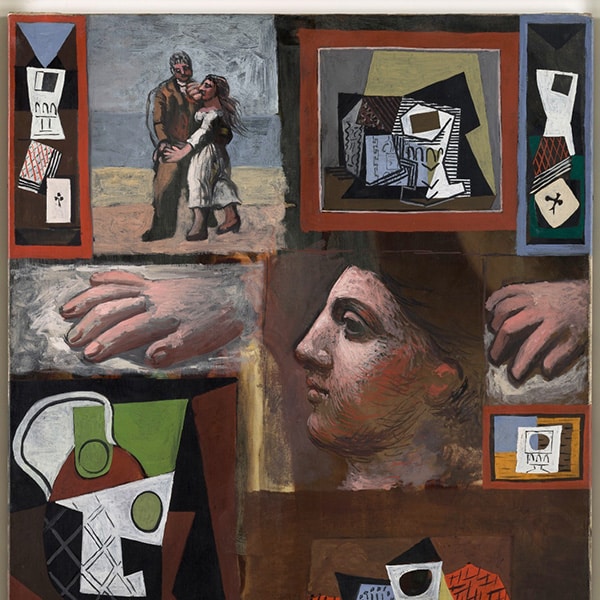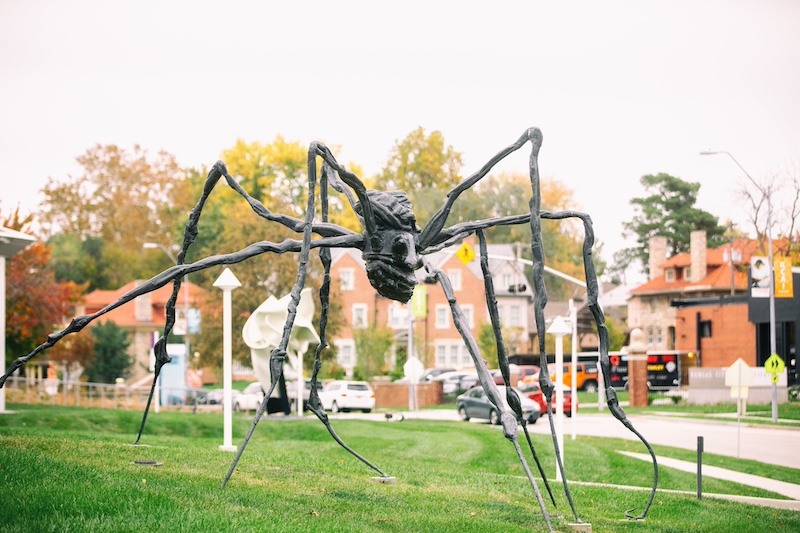
Photo: Louise Bourgeois, Spider, 1996 by Thomas Hawk (photographer), Louise Bourgeois (artist) (CC BY-NC-SA 4.0)
French-American artist Louise Bourgeois was a prolific creative. In her eight-decades-long career spanning the 1930s to the 2010s, she created large-scale sculptures for which she’s still known today. Sculptures, however, were just one part of her practice; she also painted, printed, and produced fabric art. The pieces were informed by the many themes she explored, all of which have proved timeless: memory, trauma, family, and the body.
The pioneering artist had a traumatic childhood, and art was a way for her to make sense of it. “I need to make things,” she said. “The physical interaction with the medium has a curative effect. I need the physical acting out. I need to have these objects exist in relation to my body.”
While Bourgeois’ work stretched across many artistic movements, she was not affiliated with a single approach and evolved her practice throughout her long life. She never stopped creating, either. She finished new work just weeks before her death at 98 years old.
Read on to learn more about this pioneering female artist, including her most famous series.
Early Life of Louise Bourgeois
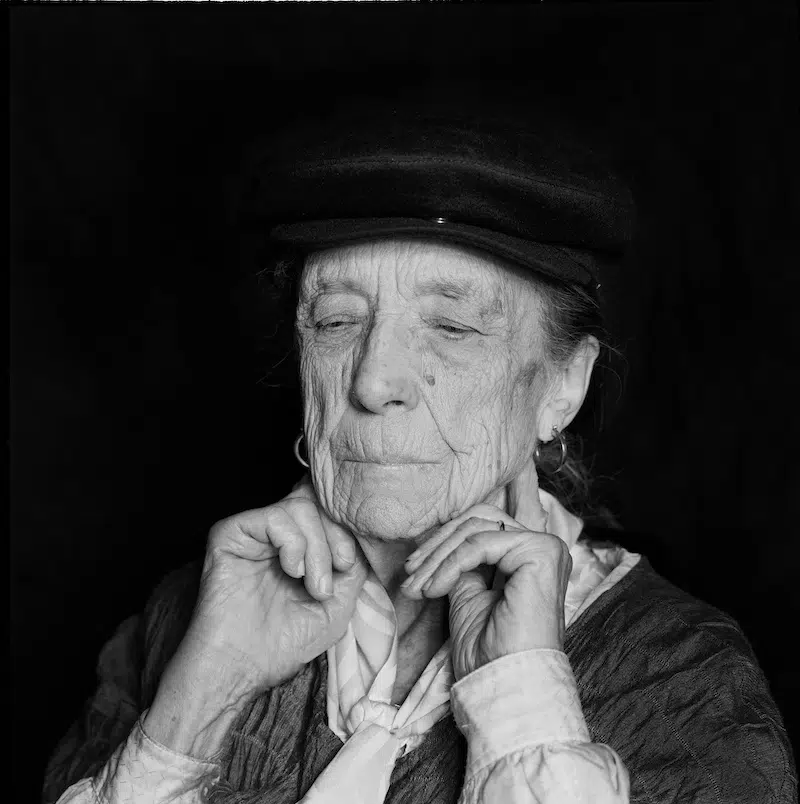
Photo: Oliver Mark (CC BY-SA 4.0)
Full Name | Louise Bourgeois |
Born | December 25, 1911 (Paris, France) |
Died | May 31, 2010 (New York, NY) |
Notable Series | Maman |
Louise Bourgeois was born in 1911 in Paris, France, to parents who ran a tapestry restoration business. Early on a gifted artist, she would help her parents by filling in the missing elements from scenes on tapestries. Her life at home was marred with traumatic events. Bourgeois’ mother, Joséphine, was ill and her daughter would care for her over long periods. Joséphine died when Bourgeois was 22. While her mother was ill, her father was unfaithful and kept a series of mistresses, including Sadie Gordon Richmond, an English tutor who lived in their house. Much of this was against the backdrop of World War I.
In 1930, Bourgeois began attending the Sorbonne to study mathematics and geometry. But with her mother’s death, she decided to pursue art instead. She took classes for free by translating for English-speaking students; translators weren’t charged. During this time, Bourgeois continued to soak in art and became a docent at the Musée du Louvre.
After the Sorbonne, Bourgeois apprenticed to a series of male artists, becoming disillusioned with the “patriarchal genius” held by the artists she encountered. She opened a gallery in 1938 and met American art professor Robert Goldwater while there. They married and she moved to New York City with him.
Move to the U.S. and Artistic Evolution
Upon her move to the United States, Bourgeois began to experiment with sculpture after a long period of painting and drawing. She used materials like wood, plaster, and latex. Bourgeois would return to sculpture sporadically throughout the 1950s and 1960s as she focused on psychoanalysis. This inner work ultimately helped inform and develop her visual language and create pieces she never had before.
Bourgeois' work in the 1960s was part figurative, part abstract, and focused on themes as a way to inform the types of work she made: abandonment, childhood trauma, fear, and loneliness.
One example is Janus Fleuri (1968), a hanging sculpture created with her parents in mind. Bourgeois saw her mother as “logical and intellectual” while her father was “emotive and passionate.” Janus Fleuri comprised six versions (five in bronze and one in porcelain). The piece's title references the Roman god Janus, who was the god of doors, gates, and transitions—of duality. Janus is often represented as two heads facing away from one another, and Bourgeois takes this approach in Janus Fleuri. Each side features ambiguously male and female body parts and can be viewed as both “menacing” and “nurturing” depending on how you view it.
The Spider: an Icon of Bourgeois’ Work

Photo: Bilbao 22_000038 by Joan (photographer) (CC BY-NC 4.0)
Artists with enduring legacies often have a defining element that viewers associate with them. Salvador Dalí, for instance, is best known for his melting clocks. For Bourgeois, we can look to the humble spider as her iconic motif. Although she first drew them in charcoal and ink in the middle of the 20th century, the creature’s final form—a series of sculptures—wouldn’t emerge until many years after, as part of her later work.
Why the spider? Like all of Bourgeois’ work, the spider is a symbol with a larger meaning. The arachnid was a metaphor for her mother. “She was deliberate, clever, patient, soothing, reasonable, dainty, subtle, indispensable, neat, and as useful as a spider,” Bourgeois said. It’s no surprise that the sculptures are titled Maman, or “mom” in French.
Maman began to take form in the 1990s. Bourgeois started by creating the creature as small steel sculptures. In the 2000s, one edition of Maman was sculpted for the grand opening of Tate Modern in London. The monumental form allows visitors to walk underneath it and take in its spiny legs which extend into elegant forms, as if it's dancing.
Since Maman’s Tate Modern installation, the series was placed at cultural institutions worldwide, and they're now some of the most recognizable sculptures in the world. While crafted in steel, there are six bronze-cast versions of the spider, one of which is at the Guggenheim Museum Bilbao.
Bourgeois’ Legacy
Bourgeois was a woman creating work at a time when the art world was even more male-dominated. She did so by looking inward, examining her past, and considering how it could inform the work she created in the present day. This practice had a lasting impact on the contemporary art world. There’s a psychological depth to Bourgeois’ artworks that covers timeless themes, giving new generations of contemporary artists something to always appreciate from her oeuvre.
Related Articles:
16 Great Sculptors Who Changed the History of Art
28 Iconic Artists Who Immortalized Themselves Through Famous Self-Portraits
20+ Revolutionary Art Movements That Have Shaped Our Visual History
